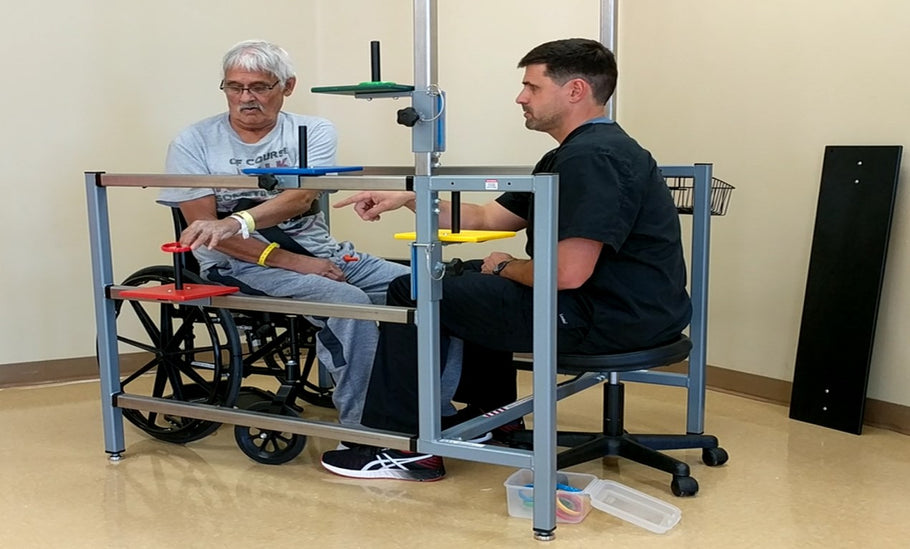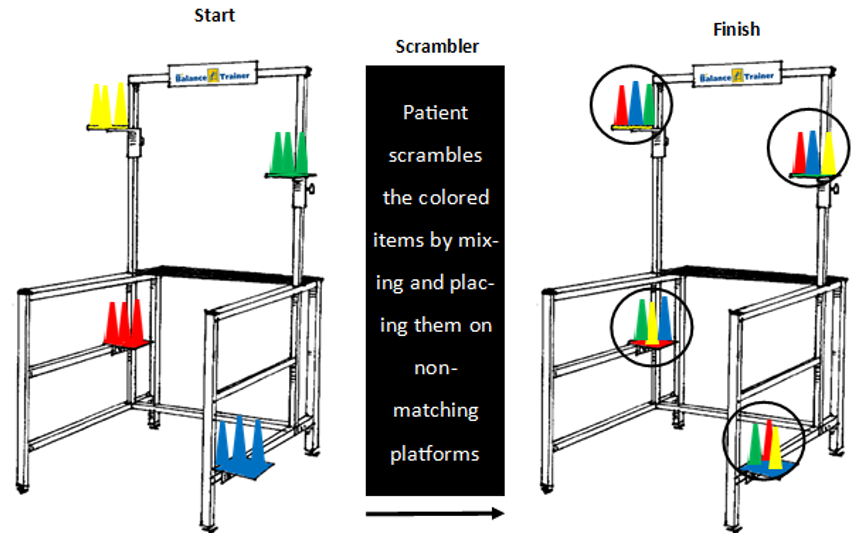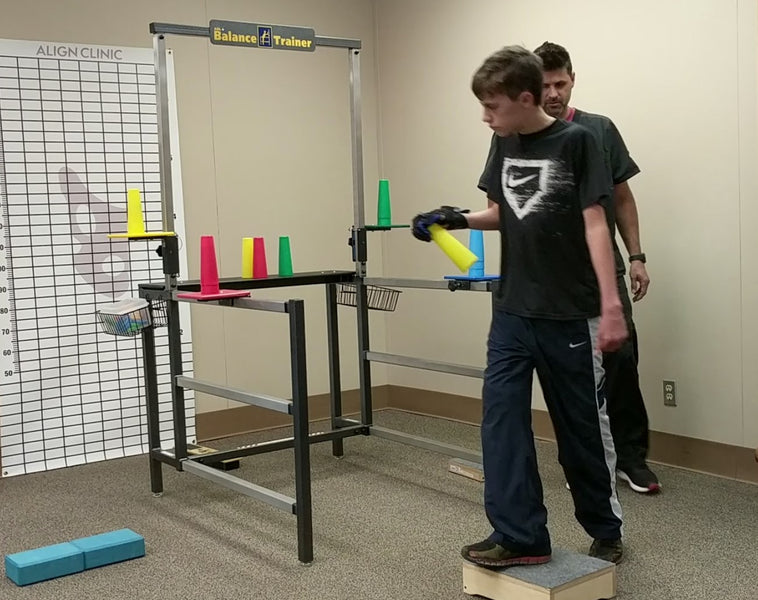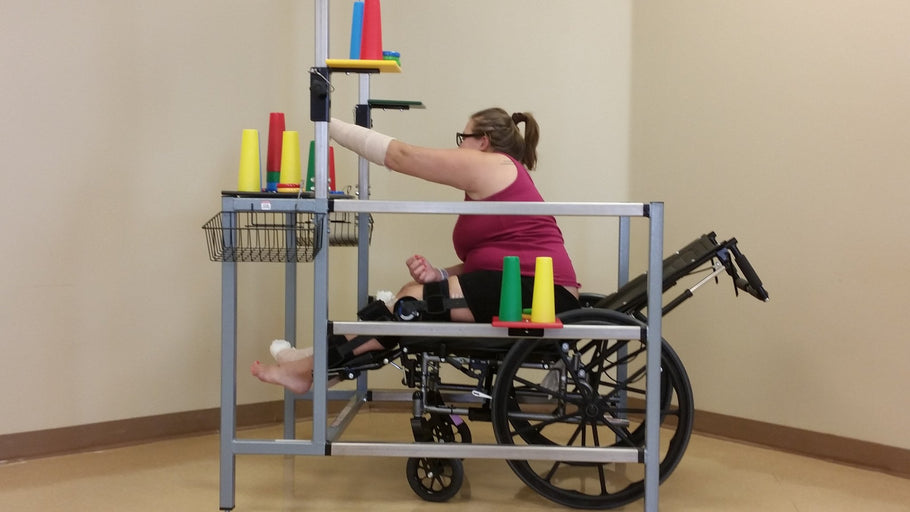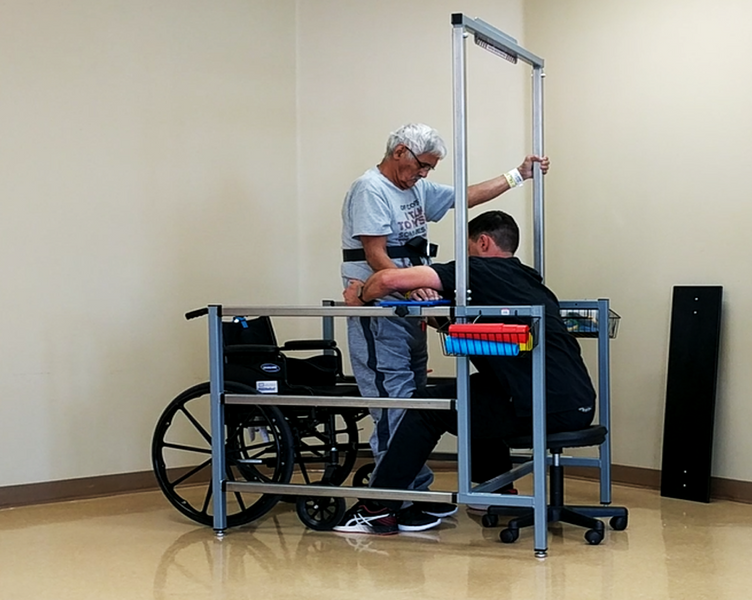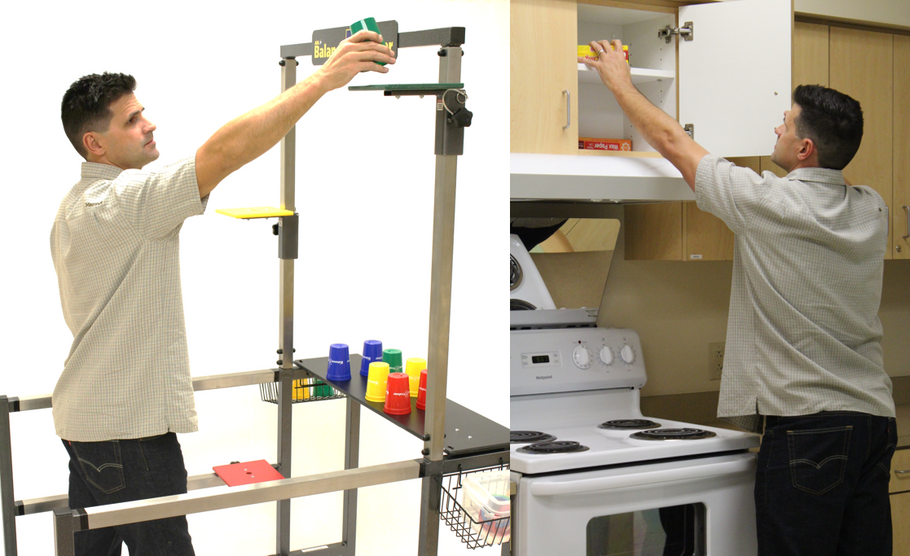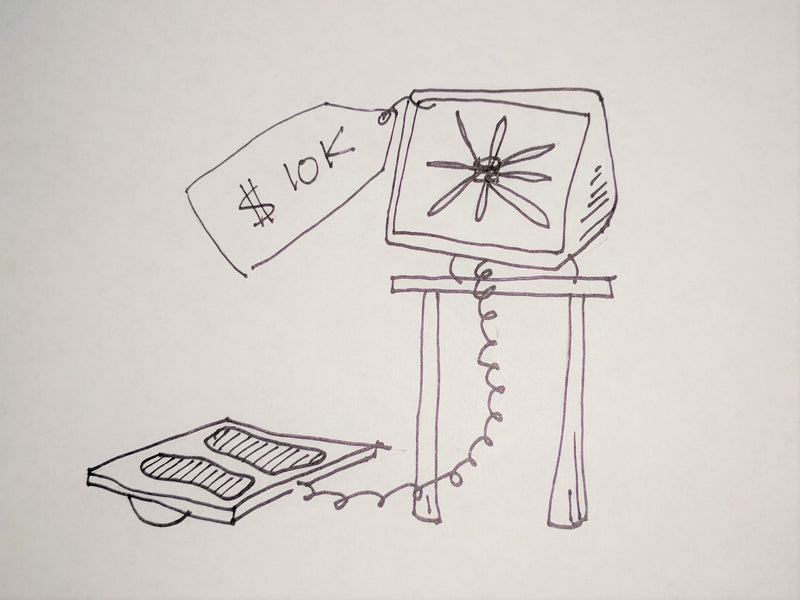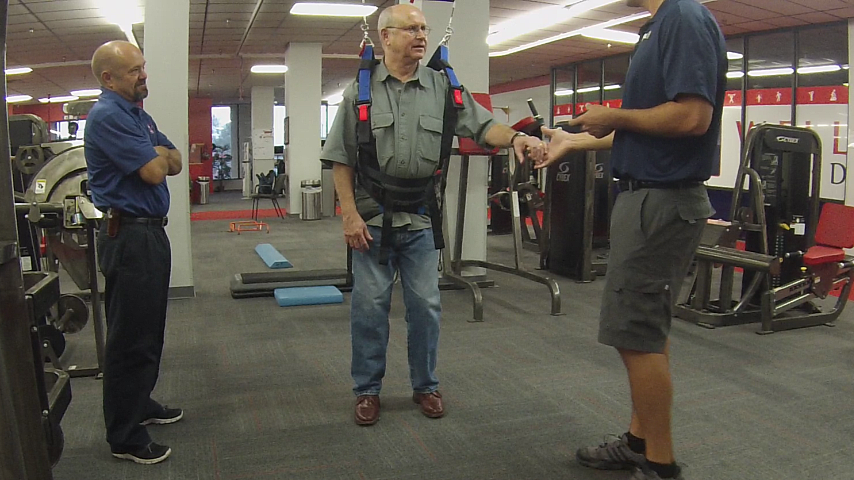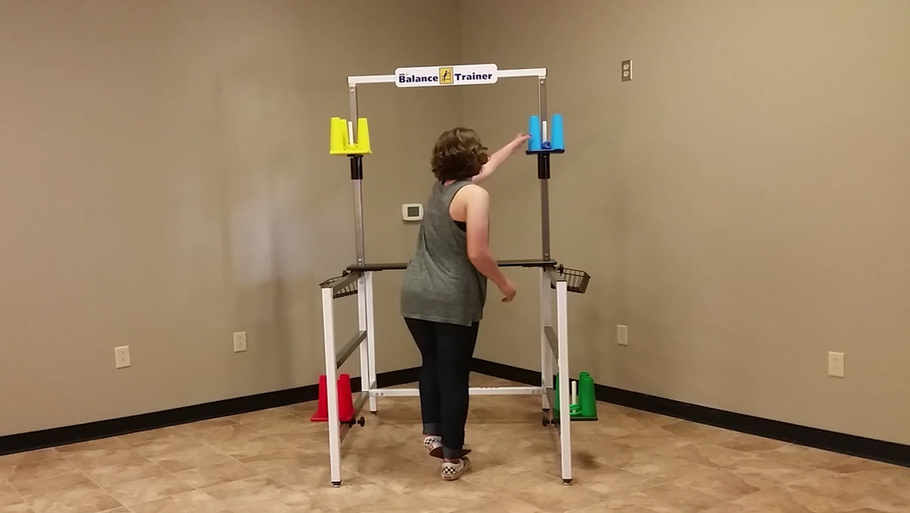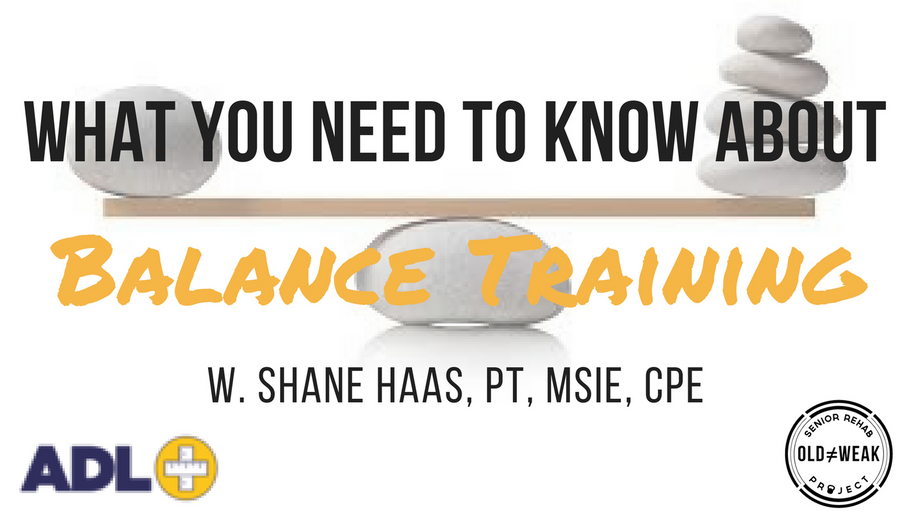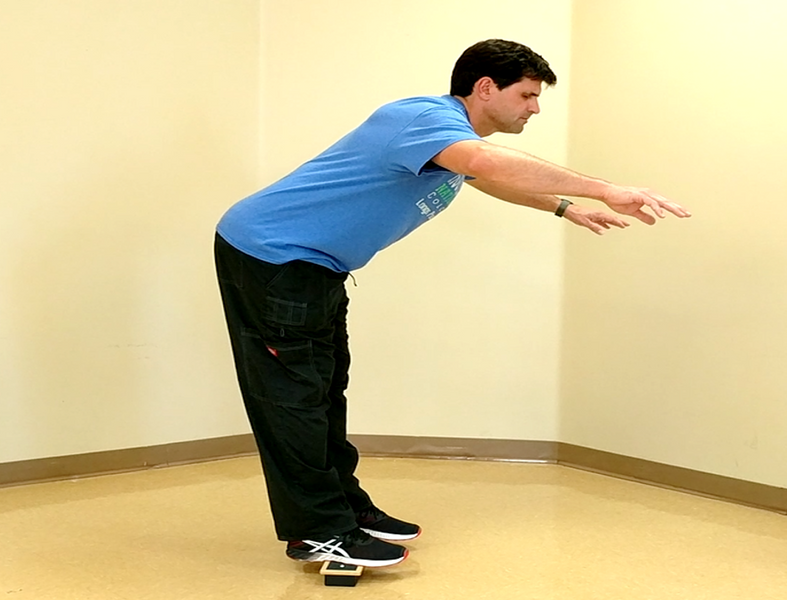ADL Balance Blog
5 Areas/Equipment to Improve Balance Following a Stroke
In this post I will attempt to blend 2 of my favorite areas of Rehab - helping patients recover from strokes (CVAs) and developing equipment/exerci...
7 Areas the ADL Balance Trainer Helps with Cognitive Rehab
The main goal of the ADL Balance Trainer is to improve balance through functional movements, namely reaching. To this end, it was important that re...
2 Tips to Improve Dynamic Balance with the ADL Balance Trainer
Dynamic balance is the ability to keep steady while standing and moving about. In contrast to static balance (feet stay in one spot), dynamic balan...
3 Ways to Improve Sitting Balance with ADL Balance Trainer
In Inpatient Rehab and Skilled Nursing Facilities it is common to have patients that are unable to sit independently. For these patients, learning ...
5 Tips for Learning to Stand Again Using the ADL Balance Trainer
As the inventor and avid user of the ADL Balance Trainer, I will spend the next couple of blog posts on treatment tips with the Trainer. While it w...
2 Basic Balance Needs for Patients in IPR & SNF
The primary goal for patients in In-Patient Rehab (IPR) and Skilled Nursing Facilities (SNF) is to discharge home. For this to occur in a safe and ...
Time to Pull the Plug (on Balance)?
WARNING: This blog post is largely opinionated, read with caution. Technology should exist to help our patients, not just because it is visually ap...
3 Reactionary Balance Training Tips
Sometimes we can anticipate a balance challenge, other times we get caught by surprise. Anticipation is seeing someone walking your way with their ...
5 Ways to Progress Balance Exercises
Movements can be modified in 5 simple ways to affect the degree of balance difficulty. In the paragraphs below the following 5 movement modificatio...
Talking Balance on Senior Rehab Podcast
Thanks to Senior Rehab Podcast for having me on the show - I enjoyed talking balance (and other topics) with Dustin Jones!
What You NEED To Know A...
5 Tips to Make Balance Rehabilitation Hip
The hips are often overlooked in therapy treatments. Through injury (CVA, THA, OA, etc.) and/or aging, patients often lose their ability to effecti...
Part 4: Balance Systems – Roadmap to Being the Best
This is the last post in a 4-part series on the business opportunities in balance. In the post “The Business Case for Better Balance,” I wrote that being the best at balance is a competitive advantage and includes excelling in 3 areas: knowledge (see 5-Point Check of Balance Knowledge post), equipment (see List of Must Have […]

